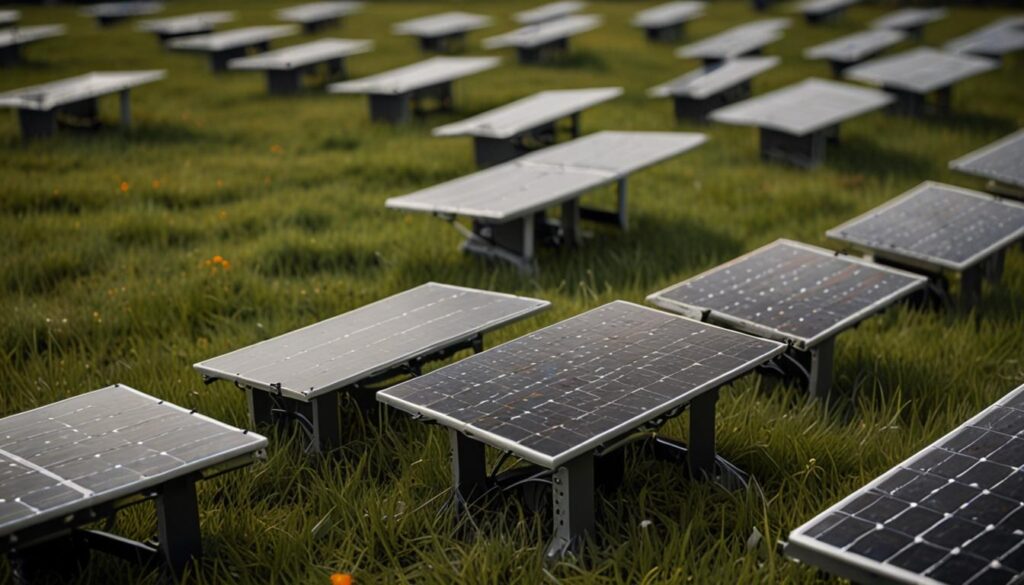The Defence Secretary’s application for ground-mounted solar panels at MOD Aberporth Range was greenlit to meet energy needs. Meanwhile, Belfast City Council approved a large social housing development despite objections over green space loss and noise concerns.
The Secretary of State for Defence’s application for ground-mounted solar panels and associated works at the MOD Aberporth Range was approved during the May meeting of the local development management committee. The initiative is projected to fulfill approximately 42% of the compound’s energy requirements, aiding in the Ministry of Defence’s and the broader government’s objective of achieving net zero emissions by 2050. Located in an underutilized area, the solar panels were determined to be the most viable renewable energy solution given that alternative options like wind turbines could interfere with radar capabilities and aircraft operations. The project was deemed not to adversely affect natural heritage, the local community, or other pertinent concerns.
Subsequent to this approval, an amendment application was submitted and accepted under delegated powers. This amendment proposed restructuring the layout of the photovoltaic panels within the approved site boundary, consolidating panels in specific areas to optimize space.
Separately, Belfast City Council’s Planning Committee approved a major social housing development on Glen Road in west Belfast. Jointly proposed by Radius Housing Association and Choice Housing, the development will span approximately nine hectares and include 260 homes, encompassing a mix of one to four-bedroom units. The project will feature detached, semi-detached, and apartment buildings predominantly composed of semi-detached houses.
Despite five objection letters citing concerns over green space loss, noise, privacy, and scenic impact, the site’s zoning for residential development, environmental health clearances, and assured separation distances led to its approval. The council emphasized that an 8-meter landscaped buffer and internal planting would mitigate visual and environmental impacts, integrating the development seamlessly into the existing landscape and preserving the surrounding residential amenity.


